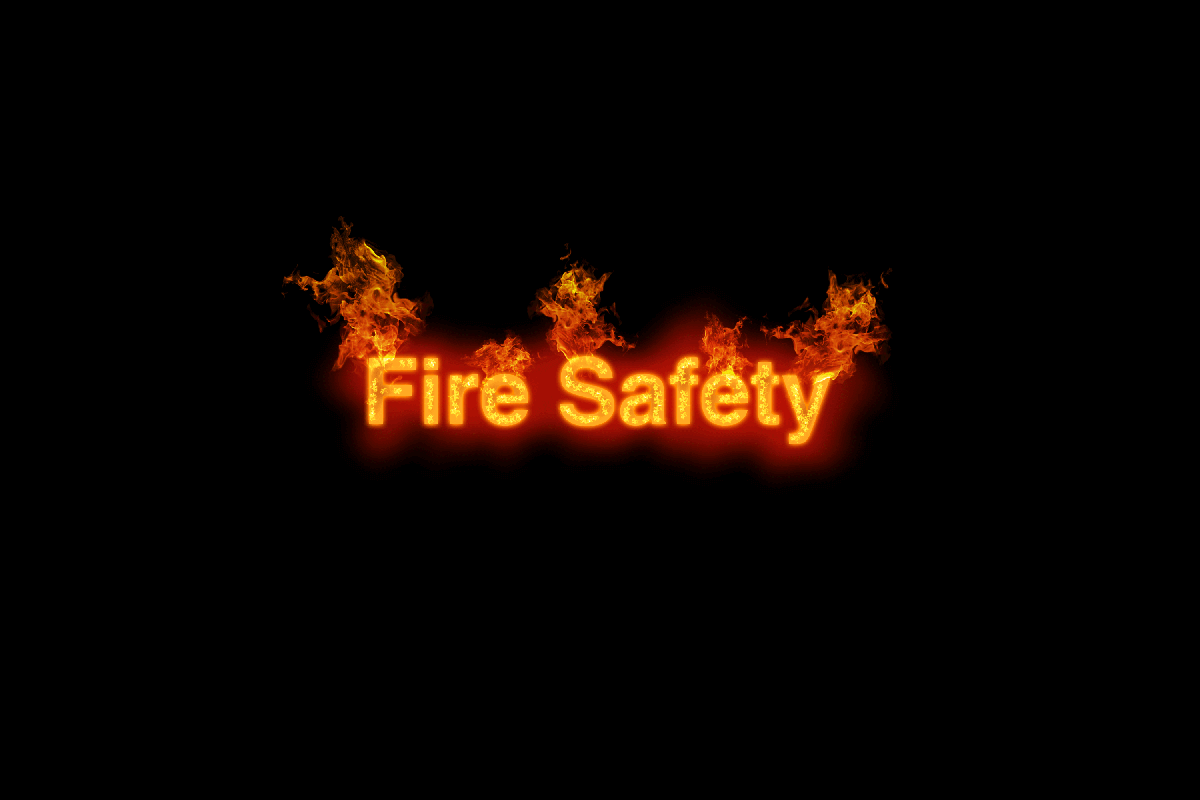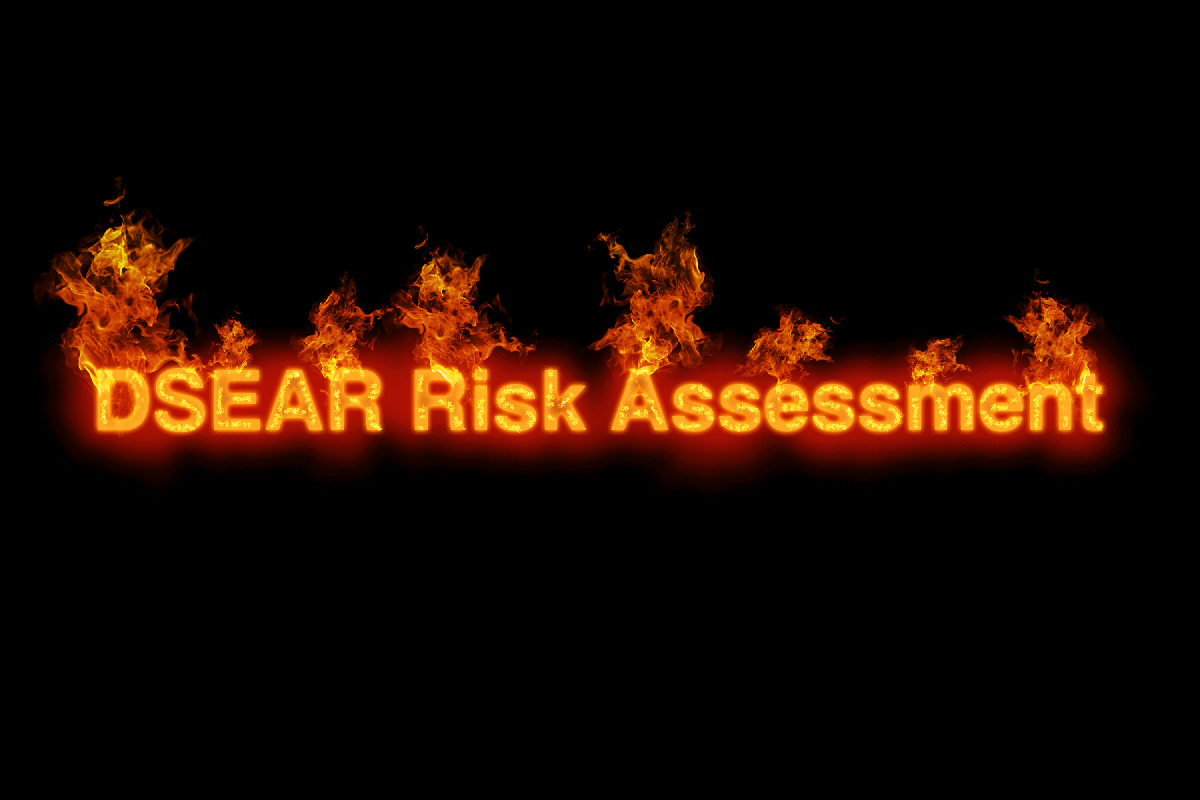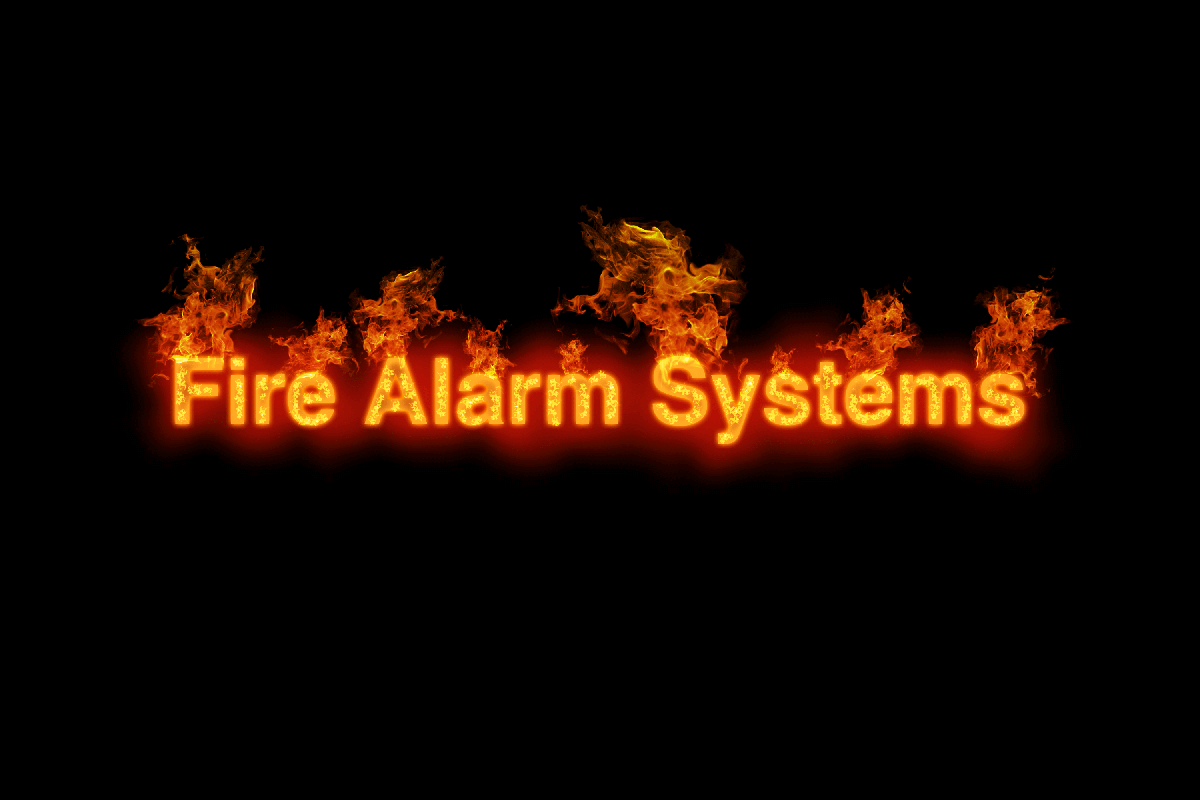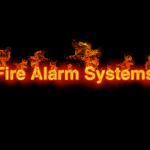Fire Safety Act 2021: What You Need to Know
In April 2021, the Fire Safety Act 2021 received Royal Accent, setting in on the path to becoming law. This act clarifies the scope of the Fire Safety Order to make clear it applies to the structure, external walls (including cladding and balconies), and individual flat entrance doors between domestic premises and the common parts Read more »









